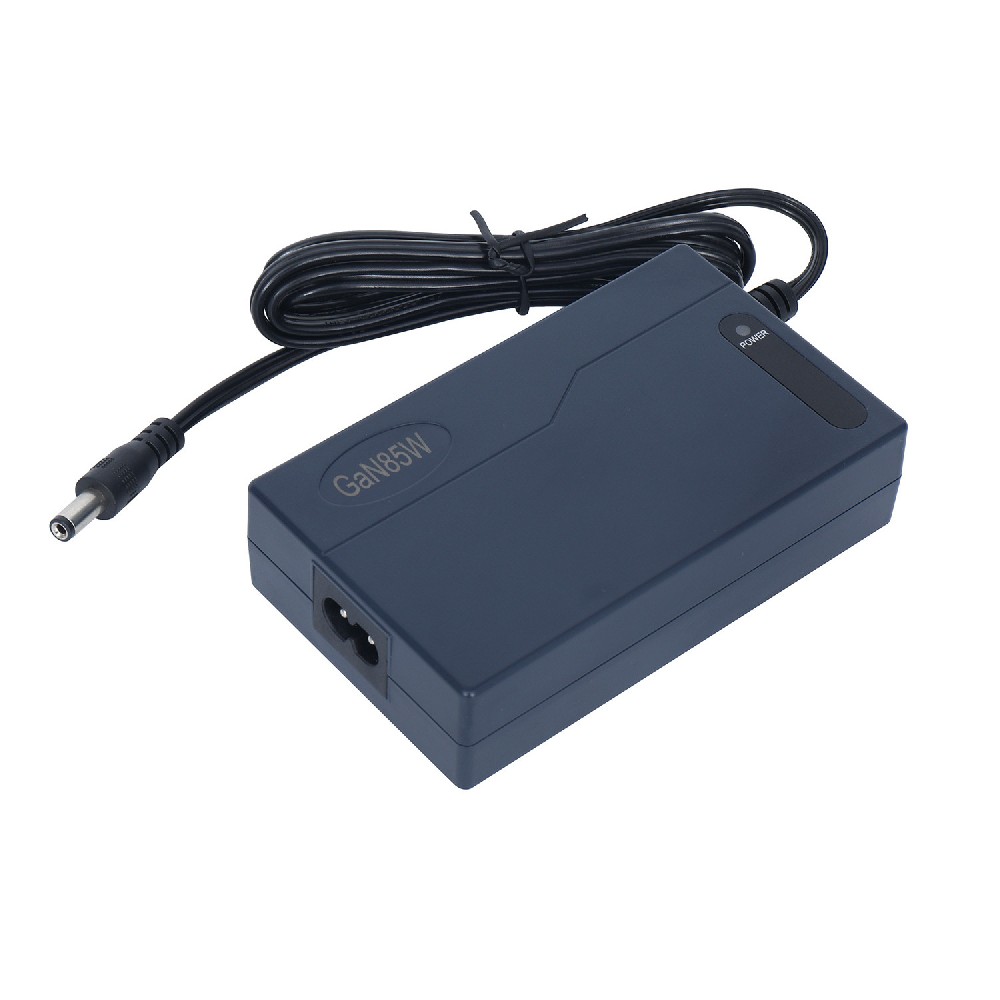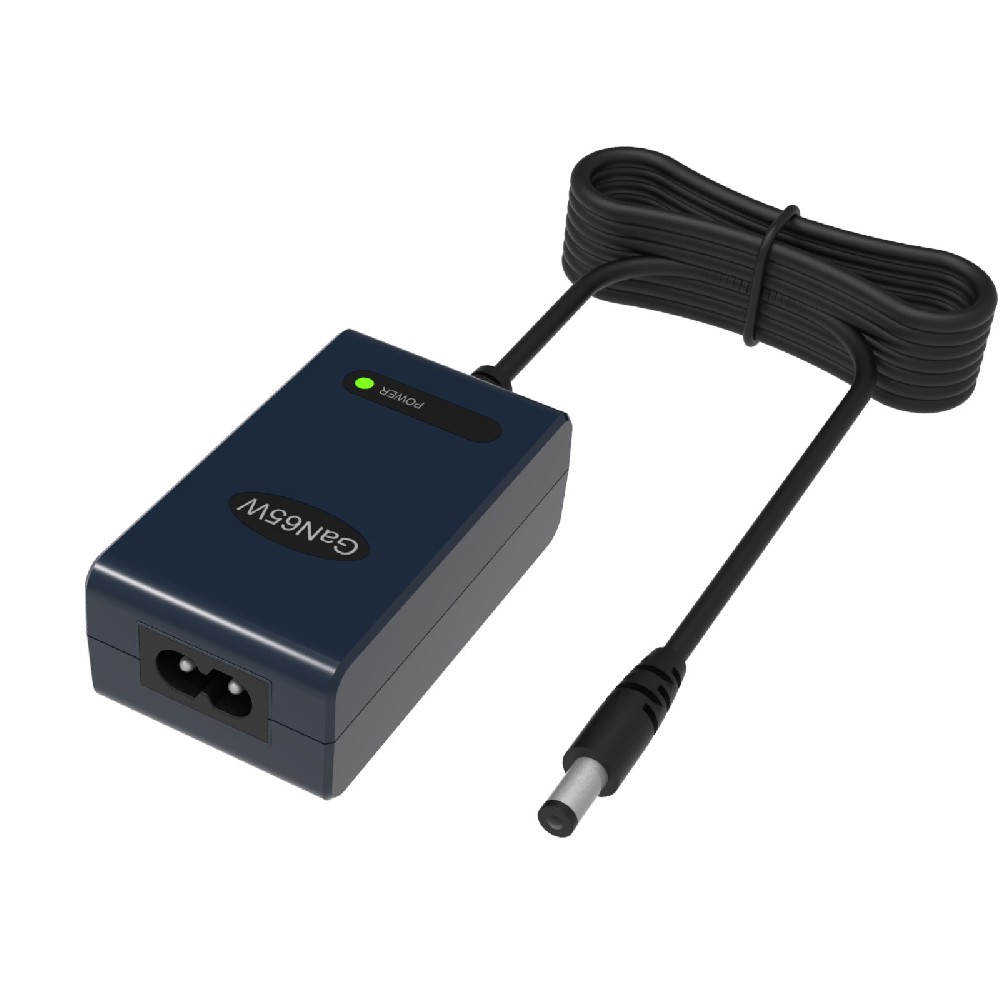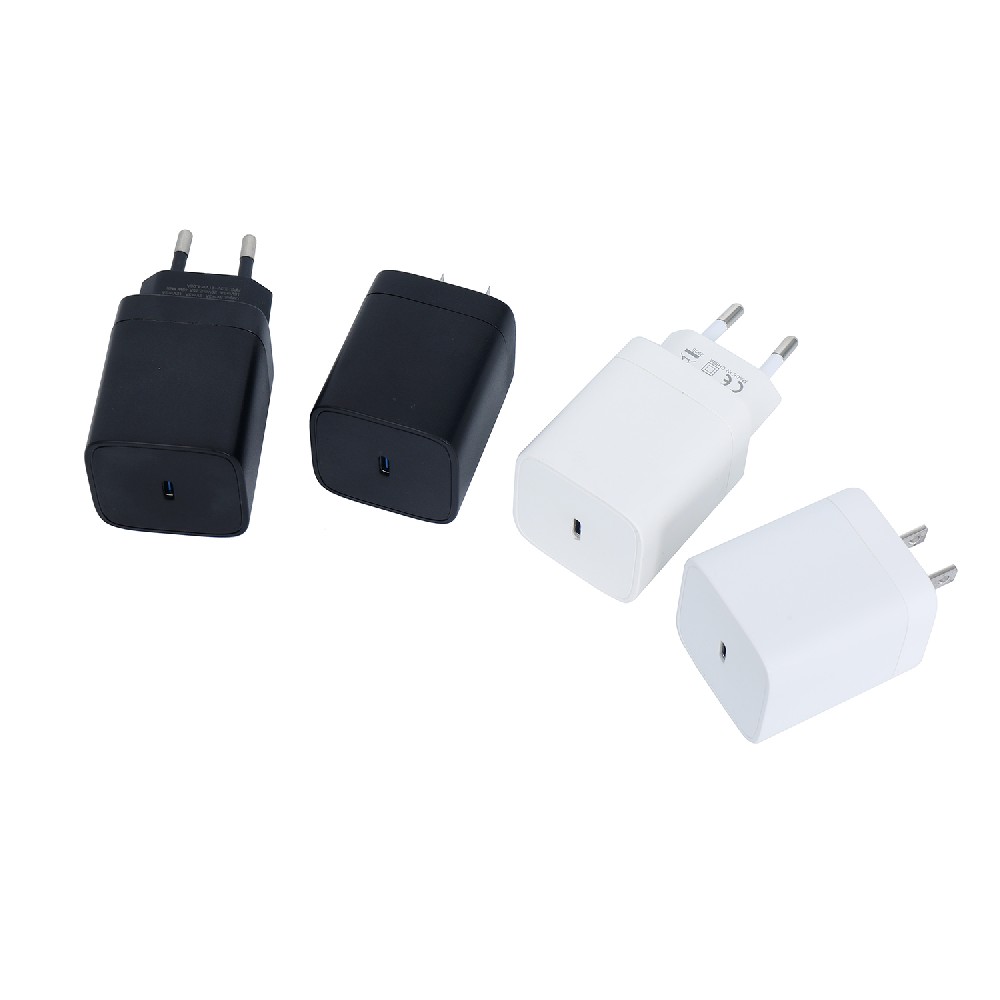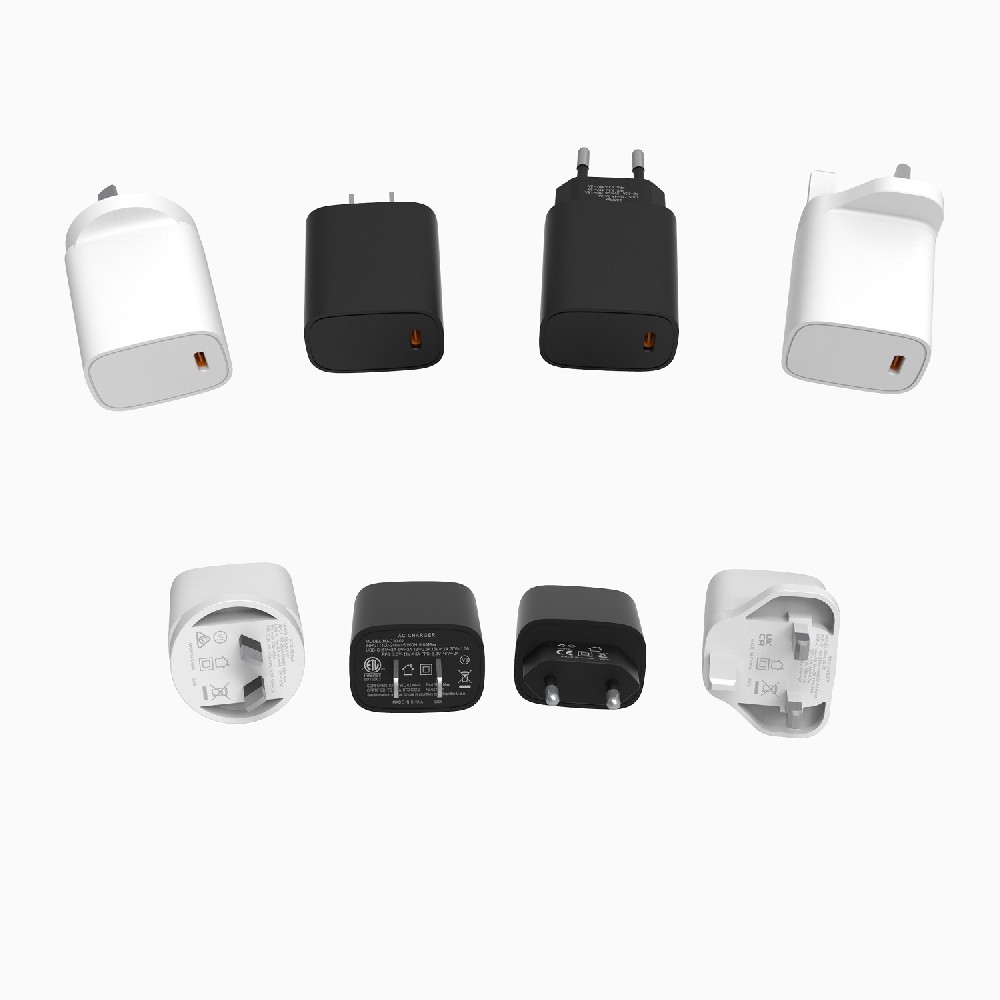Information Center
Mastering the Art of Charging LiFePO4 Batteries: A Guide to Optimal Performance and Safety
Published:2023-04-10 18:21:22 Author:Green WCND Views:33Lithium iron phosphate (LiFePO4) batteries have become increasingly popular due to their high energy density, long lifespan, and low risk of thermal runaway. However, proper charging of these batteries is crucial to ensure optimal performance and safety.

Firstly, it is important to use a charger specifically designed for LiFePO4 batteries. Using a charger intended for a different type of battery, such as a lithium polymer (LiPo) or lithium-ion (Li-ion) battery, can result in overcharging or undercharging, which can cause irreversible damage to the battery.

When using a LiFePO4 charger, it is recommended to only charge the battery up to 80% capacity. This is because overcharging beyond 80% can cause damage to the battery’s cathode, which can reduce its overall lifespan. It is also important to avoid discharging the battery below 20% capacity, as this can cause irreversible damage.
LiFePO4 batteries can be charged at a higher rate than many other types of batteries, allowing for faster charging times. However, it is important to ensure the charging rate does not exceed the manufacturer’s recommended specifications, as this can lead to overheating and damage to the battery.
Another key aspect of proper LiFePO4 battery charging is maintaining a stable charging voltage. This means ensuring that the voltage level does not fluctuate too much during the charging process. Voltage fluctuations can cause the battery to become unstable, which can damage the battery’s electrodes and reduce its overall lifespan.
Finally, it is important to monitor the temperature of the battery during the charging process. If the battery temperature exceeds a certain threshold, this can indicate that the battery is being overcharged or that the charging rate is too high. This can cause damage to the battery’s electrodes and reduce its overall lifespan.
In conclusion, proper charging of LiFePO4 batteries is essential for ensuring optimal performance and safety. This includes using a charger specifically designed for LiFePO4 batteries, charging to only 80% capacity, avoiding discharging below 20%, maintaining a stable charging voltage, and monitoring the battery temperature. By following these guidelines, LiFePO4 batteries can provide long-lasting and reliable power for a variety of applications.
The battery pack is the heart of a golf cart, silently powering every acceleration and climb on the green. However, battery degradation often goes unnoticed, mu···
The battery pack is the heart of a golf cart’s power system, yet maintaining it has long been a challenge for technicians. Traditional troubleshooting methods—···
For golf course managers, ensuring smooth and efficient operations is crucial for providing a memorable experience for golfers and maintaining the reputation of···
A battery tester ensures golf course cart batteries operate efficiently and reduces downtime through the following ways:I. Precise Battery Condition DiagnosisOp···





